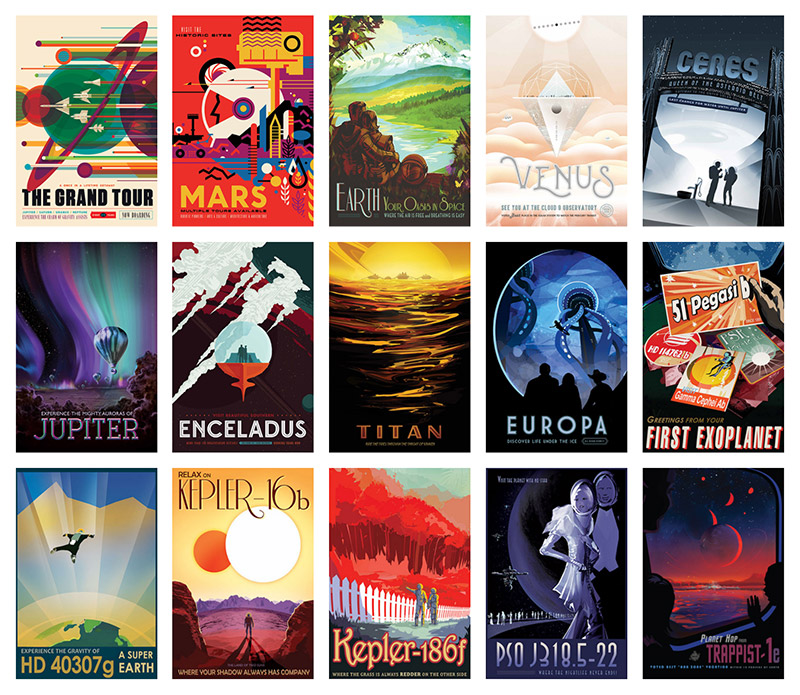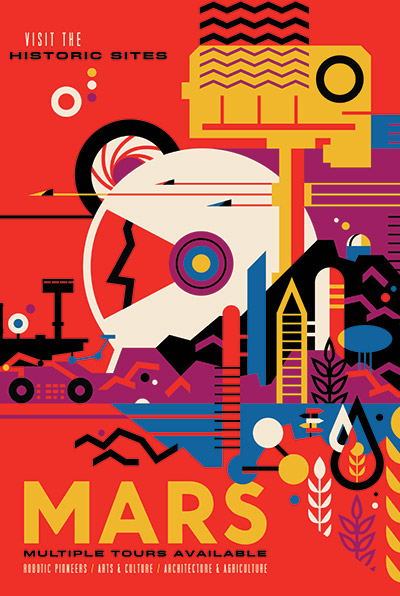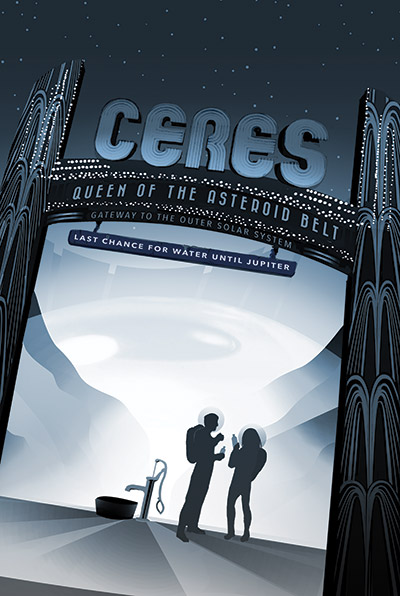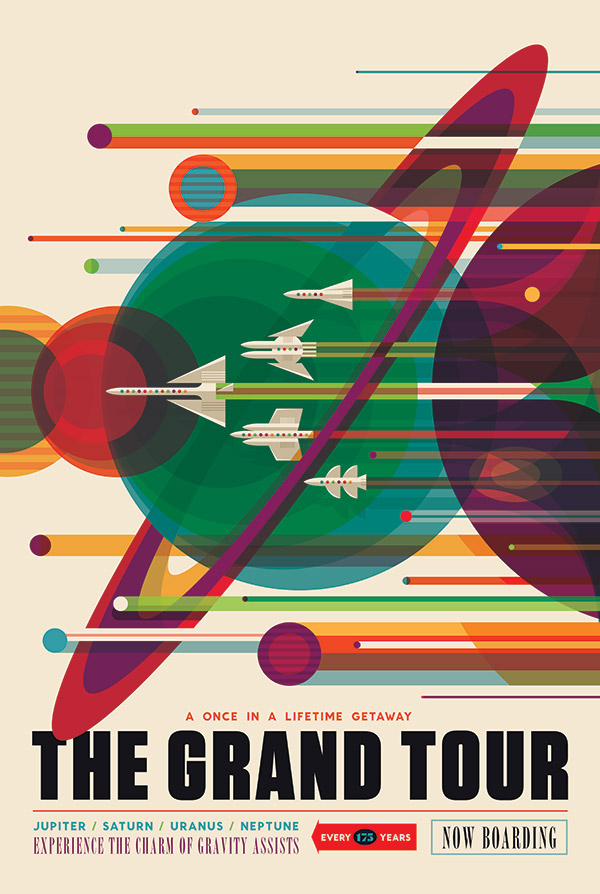TL;DR: Maybe: If you have a need for bulk assets, this subscription can certainly be an
affordablebudget way to purchase everything.
Why did I try Envato Elements in the first place?
I was revamping my company website, with an emphasis on updating the portfolio section. I was searching all over the internet for high quality mockup templates for my recent work in web design, branding, and graphic design. I noticed I was wasting my time scouring for free templates and was willing to pay to save time. When looking for paid options, I noticed the challenge to find mockups that were similar in style was still difficult.
I found a smartphone package on Creative Market that had my attention. The appearance was high-quality for a reasonable price point, but I still would need to find a desktop package and other graphic design options. Next I stumbled upon www.ls.graphics (not affiliate link) and their device mockup pacakge for $70. This was everything I wanted for the website side of my portfolio and with little hesitation I purchased the package and was extremely happy. The package deal included customizable multi-perspective high-resolution mockups for most current flagship devices: iPhone XS, iphone XR, iMac, iPad Pro, MacBook, MacBook Air, MacBook Pro, MS Surface Studio, MS Surface book 2, Dell XPS, Google Pixel, Galaxy S9 and more.
Sadly, what worked for the website portfolio, didn’t work for logos and graphic design. If you check out my portfolio, you’ll notice I favor minimalist design where the focus is on the design. No random plants, pens, and gizmos, on a desk. Nope. Simply a gray (or muted) background if possible.
The search for branding and graphic design mockups continued.
I considered Envato elements earlier and quickly dismissed the subscription due to their weak selection of device mockups. But, with that piece of the puzzle already solved, I ended up purchasing a month’s access for $33. The subscription worked out and I got what I needed. But overall, I wasn’t thrilled with this service, which I break down in the pros and cons below.
Where Envato elements falls short:
Quality is a mixed bag.
The service provides a huge assortment of stock photos and video, graphics and templates, music and sound effects, fonts, assets for websites, 3D elements and more. Looking through the stock photo section, I got the impression the selection was dated and made of content that didn’t sell. My test to confirm this was searching the term “smartphone”, which revealed the majority of photographs that include a smartphone, indubitably used old iPhone models. My guess would be that 95% of the smartphones photographs feature an iPhone 8 or older.

Envato has a big stake in the stock asset industry and is not going to risk losing sales on it’s money makers. Therefor, the top sellers and highest quality products are unlikely to find its way into the subscription library. However, over the years, Envato presumably amassed a humongous collection of assets that sit collecting dust. This is where subscriptions make sense, monetizing low-selling content and repackaging it to budget buyers.
Finding the right graphic is a challenge.
A large selection of low quality stock means you will have to sift through search results. You will download content, only to find it is not up to your standards. But with the shear size of the collection and various asset types, you will unquestionably find some usable content.
One of the main reasons I am willing to pay for such content is time is money. In my budget days, I would jump from website to website in search for free content without attribution requirements. When the quest for the right shot or angle slows the process down, you waste hours and can still come up empty handed. With Envato Elements, you have access all in one place, but it still feels like you can search hard and long for a specific shot and come up disappointed.
Where Envato Elements rises to the occasion:
Huge library spanning many media types.
$33 for a month access to such a large and diverse collection is an amazing deal. Seriously, I’ve purchased one photo on istockphotos.com for $30. Download a few things and the deal is worth well worth it. Find 10+ things and you’re making off like a bandit, and you have an entire month to find content. Don’t forget, you can even search their collection before you commit. Although, you get better previews to multiple-file downloads when you subscribe.
Compared to searching for free assets from website to website, this is a better experience in that your search is in one place. Also, at least you know when you find something, you already have the license to use it.
Conclusion
Envato Elements is ideal for designers on a budget, agencies with a constant need for assets, or folks like me who have a need for bulk content for a specific project or two. On the other hand, if you have high-standards and seek high-quality content, I recommend looking elsewhere. You may be able to find some perfect assets with Envato, but it is like finding a needle in a haystack.





